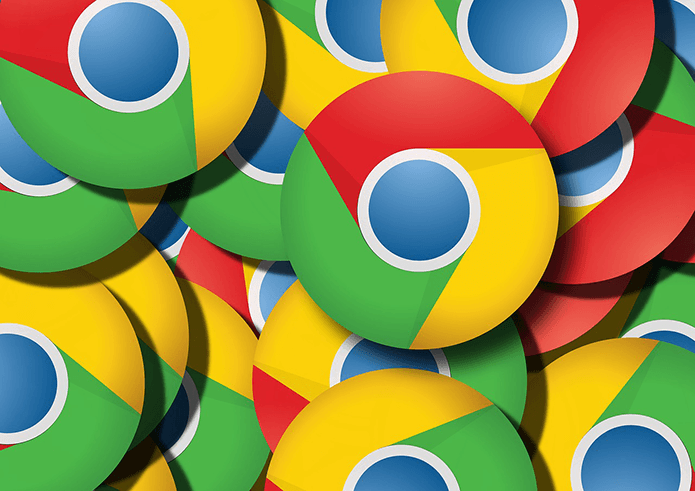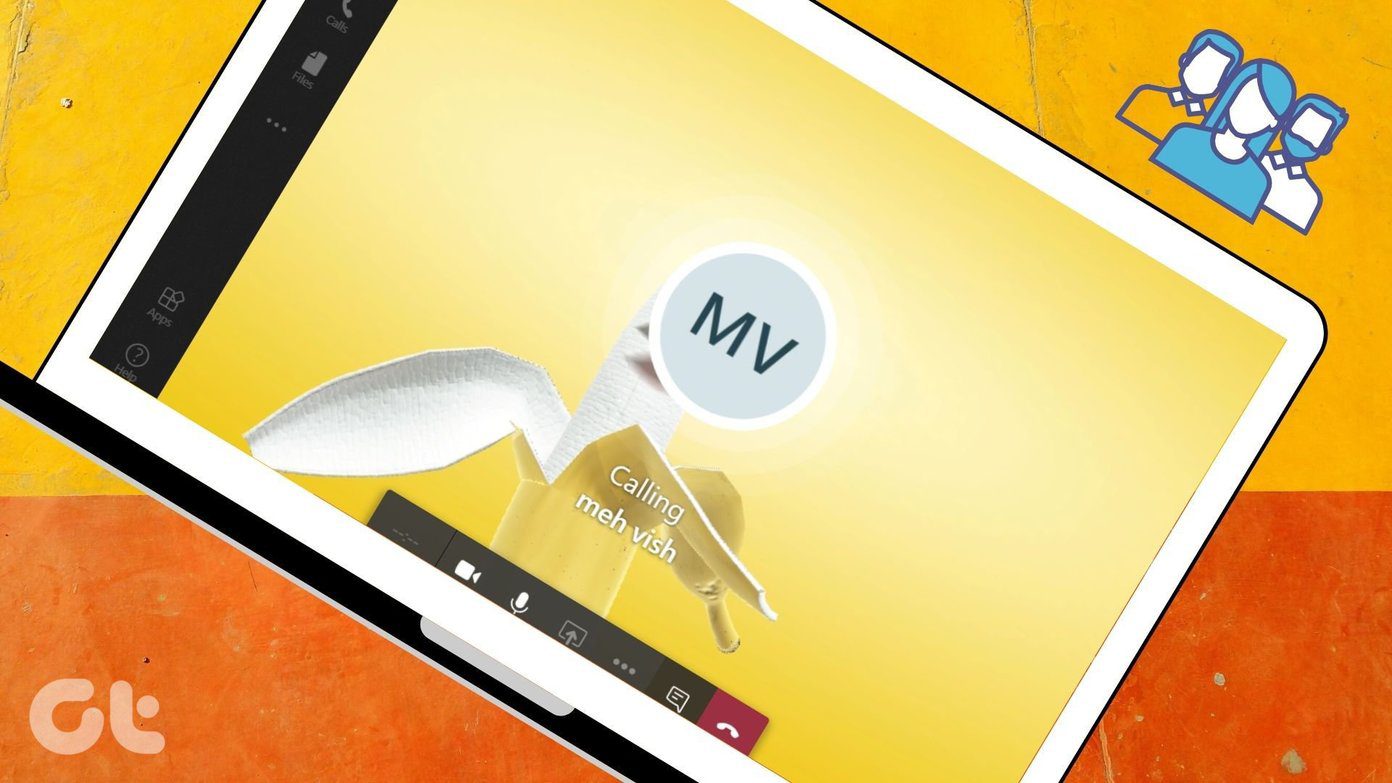Google Forms is a veteran and is often considered to be one of the best ways to create forms and collect data on the Internet. Visit Google Forms JotForm, on the other hand, is often recommended by its users who claim it to be the best Google Forms alternative. Visit JotForm Let’s see whether the claims are true and if yes, just how better JotForm really is when compared to Google Forms.
1. Templates and Themes
What do you do when you want to create a form? You check the templates first. Google Form comes with a couple of templates, but they are less than 20. You will find some common ones like RSVP, party invites, events, and so on. JotForm goes a little crazy with more than 10,000 templates on offer. Thankfully they are distributed by categories so that users could find them easily. Some examples include questionnaires, evaluation, feedback, and membership forms. Each template carries questions and options based on the topic. You can edit them to your liking. You can view themes once you open or create a form in Google Forms. Again, options are limited. You can choose primary colors as the theme (you can find a color by hex codes though) with a custom image as a header. The custom image is set as a header only and not an entire body. There are just four font types to choose from. All this feels a bit old school. JotForm delivers hundreds of themes which are neatly arranged in categories. Note that not all themes are free and pricing begins from $1 and goes up to $19.99. Still, having options is always good. Also, the themes can save a lot of time, especially for beginners who don’t know how to create and design forms.
2. Creating Forms
In Google Forms, you can ask multiple choice questions, add checkboxes, drop down answers or linear scale. That gives a lot of room and covers the most essential and common options. JotForm offers a drag and drop layout where you will find some new options like spinner along with multiple choice and checkboxes. JotForm takes the lead with the number of widgets and other elements that you can insert in your forms. For example, you can enter star or scale ratings for quality feedback. Need to collect payments from buyers or customers? JotForm integrates with popular payment processors like PayPal, Stripe, and many others and offers ready-made sections that you can insert in your forms. Now comes the widgets and there are literally over a hundred to choose from. You can insert a widget for YouTube, Google Analytics, an image picker or even a working calculator. That’s where I realized the sheer number of apps JotForm integrates with, but more on that later. Thank God, there is a search field. Google Forms support conditional logic but there is a slight learning curve, and the option is not immediately apparent. JotForm makes it dead simple to use conditional logic. Just select Conditions under Settings, and you can pick a suitable type.
3. Other Features
JotForm comes with a free PDF editor. All the forms that you have collected from respondents can be converted into PDF files which are easy to edit and share over the web. Even the PDF editor comes with templates and ready-made fillable forms that you can just forward over an email. If you are working in the healthcare industry, you already know all about HIPAA compliance policy. Patient information is sensitive, and JotForm offers HIPAA compliant templates starting at $39/month which then integrates with other apps to help customers sign the document and make payments. You can learn more about their security practices here. JotForm also supports QR codes that you can create for any form. That makes it super easy for users. Just scan the code and fill up the form. Google Forms lacks this much simple feature. Finally, where Google Forms allow collaborators to work on the same form, JotForm has advanced analytics to help you understand how your forms are performing.
4. App Integration
I think you already know by now who leads this race. JotForm integrates with several prominent apps and service providers. There are video hosting sites, payment processors, cloud storage sites, CRM and project management tools, email autoresponders, CMS, contact managers, and…. phew! Just search what you are looking for here, will you? That doesn’t mean Google Forms lacks integration. Being a Google product, you can add images or documents from Drive directly and attach videos from YouTube, but that’s it. Both Google Forms and JotForm supports attachments and can export forms to Google Sheets. But JotForm is definitely ahead when it comes to the number of apps it integrates with and adding them is as simple as a quick drag and drop move.
5. Pricing and Platforms
Expectedly, like all Google products, Google Forms is free to use, and you won’t see any ads but can’t remove Google Forms branding either. Seeing how well Google Forms is designed and how well it works, it can be hard to beat something like this. JotForm is the more advanced sibling of Google Forms with advanced features, app integrations, and drool-worthy templates and themes. JotForm has four plans. The free version allows just 100 form submissions with 100MB space, 5 forms, and 1000 form views. Useful for testing the waters. Paid plans begin at $15.83 and go all the way up to $82.5 per month giving you more space, views, and forms to work with. JotForm has a mobile app for Android and iOS while Google Forms offers a web version only.
Form Up
Let me make this easy for you. Google Forms is good enough for most people who don’t care about payment processors or need app integrations. JotForm is more suitable for advanced users, preferably companies that work with forms daily. These companies are possibly also working with 10 other apps making something like JotForm a must-have. Next up: Still not convinced? Want something more than Google Forms but less than JotForms? Know why you should work with Typeform instead. The above article may contain affiliate links which help support Guiding Tech. However, it does not affect our editorial integrity. The content remains unbiased and authentic.

























